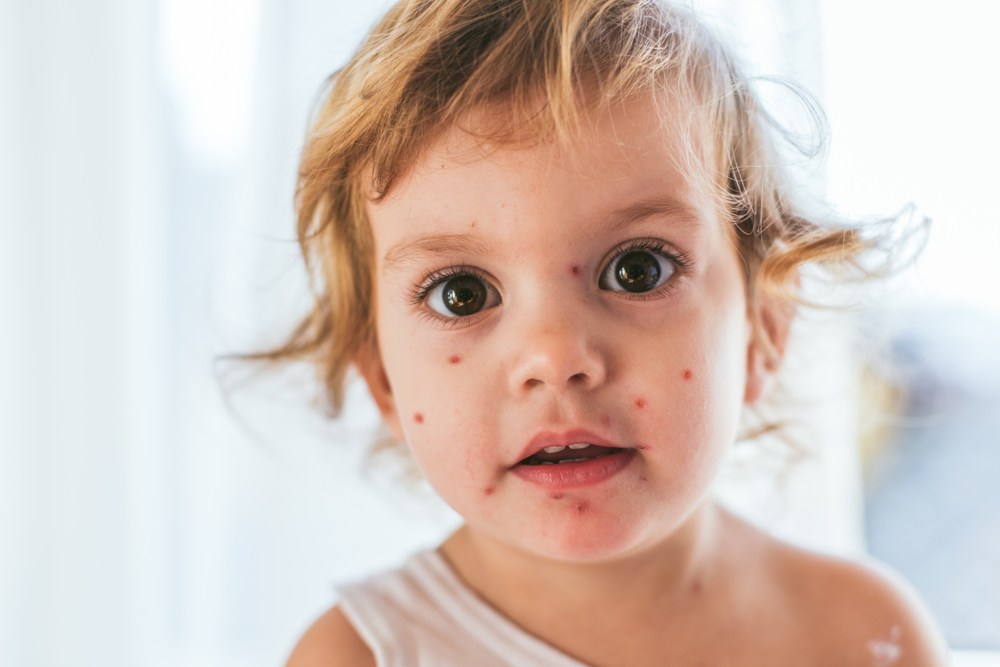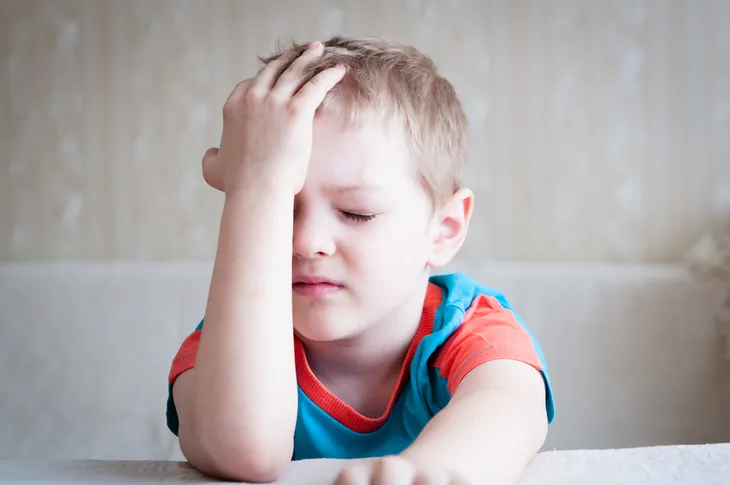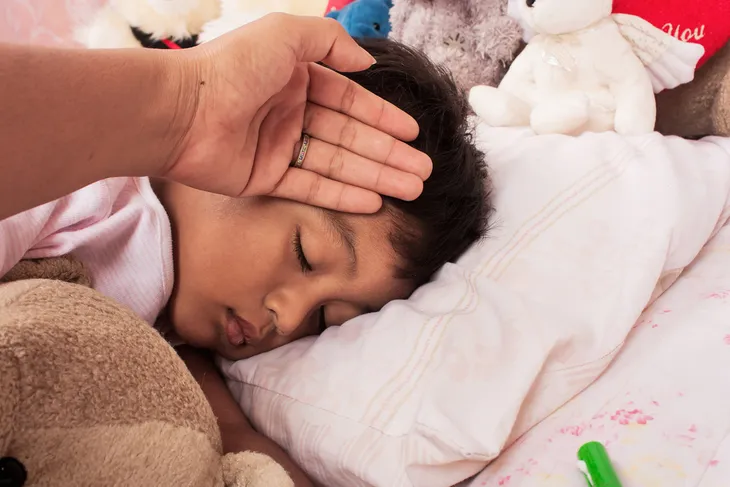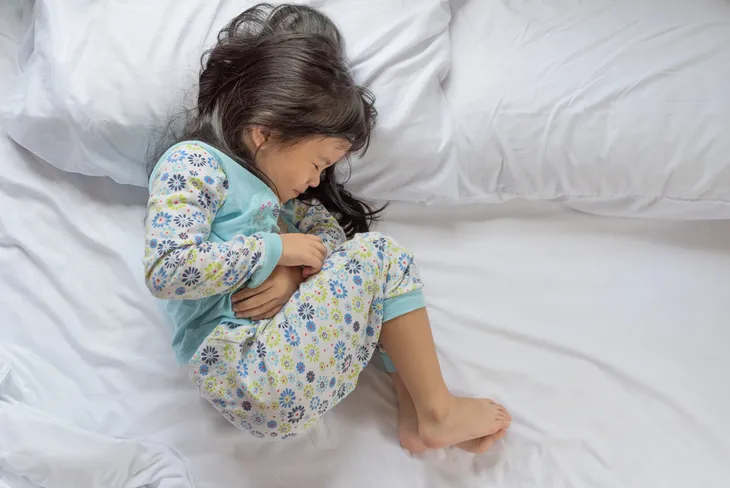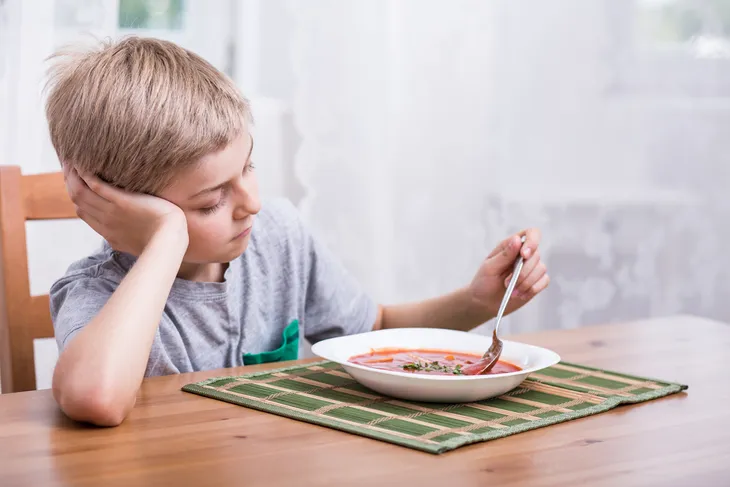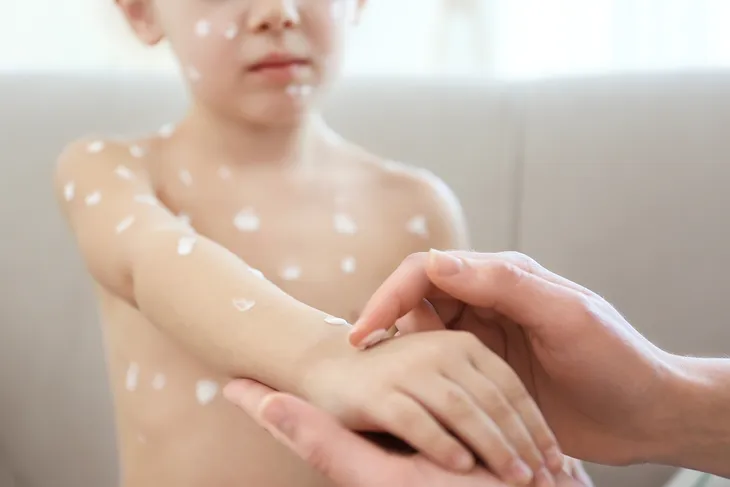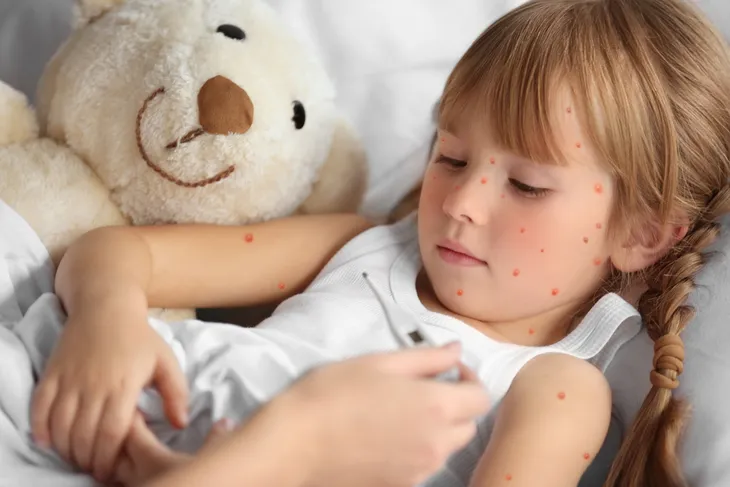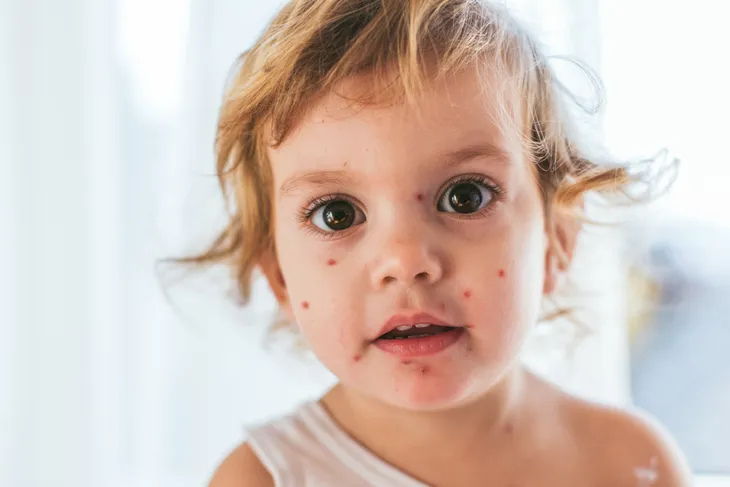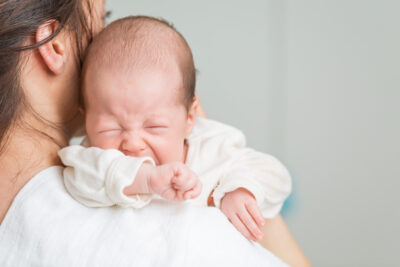Chickenpox is a common illness in North America that afflicts almost 90-percent of individuals (mostly children) who come into contact with the varicella-zoster (herpes) virus. Chickenpox appears as an itchy rash in red spots (called pox) all over the body. If your child is healthy, chickenpox are usually more uncomfortable than anything else and last just a few weeks.
After dealing with the chickenpox as a child, they typically never come back. However, in rare cases when adults get chickenpox, particularly in the case of pregnant women or seniors with low immunity, the infection can be difficult to fight off and may turn into shingles. That’s why it’s important to protect yourself and your child by getting the chickenpox vaccination.
Here are the itchy, scratchy, annoying, early-warning signs of the chickenpox…
Headache
Almost everyone within the same household as an individual with chickenpox will get it when exposed to a family member (either via airborne or direct contact) as the pox are highly contagious. In fact, according to statistics from the U.S. Centers for Disease Control (CDC), 90-percent of those living in a household will contract chickenpox if they live with someone who develops the condition. This is why most individuals have had chickenpox by the time they reach adulthood.
Chickenpox is usually mild, but following direct contact with a person infected with the highly contagious condition, most individuals show signs within 10 to 21-days. For many, a headache that starts out mild a day or so before the chickenpox rash appears will be the first sign of illness. This headache can range in severity, but generally it will gradually persist into a severe headache or migraine by the time the pox appear. Infants and those with low immunity may suffer more severe symptoms.
Flu-like Symptoms
Many individuals stricken with chicken pox complain of noticing flu-like symptoms—such as muscle aches, fever, swollen glands, and nausea—in the days before the rash breaks out. This general malaise is often mistaken for an innocent cold or flu virus, however, within 4 to 5 days the characteristic chickenpox rash will occur, which will quickly visually tell you that your child has chickenpox and not the flu.
If the muscle aches, headache, and fever cause pain, you can lessen discomfort and high fever with a mild over-the-counter painkiller. Just be watchful for adverse skin reactions from non-prescription pain relieves (i.e., ibuprofen) and follow dosage instructions closely. Also, if there is a history of asthma, stomach issues, or your child is less than 3-months old avoid ibuprofen and ask your pharmacist or doctor for alternative pain relief options.
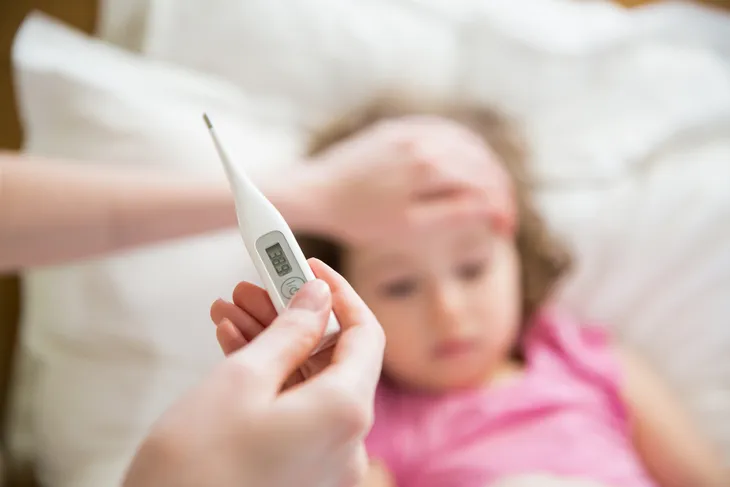
Exhaustion
The overall feeling of being unwell and uncomfortable will often make chicken pox patients feel zapped of energy, tired and irritable. Because the disease causes a blister-like rash, itching, tiredness, aches and pains, headache, and fever, you will feel very similar to having a bad flu. You may be very ill, exhausted, and uncomfortable, as your body fights off the disease, which may make you miss a week of school or work, which you recover and are no longer contagious to others.
Most children with chickenpox will completely recover. However, the disease can be very severe for babies, young children, adults, pregnant women, and individuals with weakened immunity due to another health condition. Adult chickenpox is particularly dangerous and takes much longer to recover from. Many patients require hospitalization, and the Centers for Disease Control consider adult chickenpox extremely dangerous with a high rate of further health complications and even death.
Stomach Ache
Many children will complain of a tummy ache and nausea a few days prior to the appearance of the chicken pox rash. This may be caused by something as simple as the body attempting to fight off the threatening disease. Oftentimes the immune reaction will cause nausea and stomach upset.
However, antiviral medications, sometimes prescribed to chickenpox patients can also cause nausea. The medication will not cure the chickenpox or speed the recovery, but it’s meant to lesson the symptoms so the patient can rest and recover more comfortably. It’s important to drink plenty of fluids as your body is fighting the disease, as fluid loss from loss of appetite, fever, and loose stools may cause dehydration to occur. The medication itself can also cause stomach upset (especially with lack of food), nausea, and diarrhea.
Appetite Loss
No one wants to eat when they feel unwell. However, due to a general feeling of nausea and stomach ache, the Mayo Clinic points out that chicken pox sufferers will often lose their appetite. As a result weight loss and decreased activity will occur, which impairs the body’s ability to fight off the virus. It’s vital to stay hydrated (particularly if you are suffering with fever, appetite loss, and loose stools) as the body can quickly become depleted of fluids.
Focus on eating light and bland foods (i.e., herbal teas, dry toast, crackers, bananas, light soup broth, and rice) as you recover from the chicken pox. Sustenance and keeping fluid levels up will provide you with energy from liquids and essential nutrients to help you battle the disease. If you stop eating and drinking, you will compromise your immune system and your body will have to work harder to fight off illness.
Pain
Pain is an early warning sign of chickenpox and can occur a few days before the skin rash appears, as well as after, at the site of the spots in the form of as sharp, burning, or aching skin that’s itchy, numb, and extremely sensitive to touch. The chickenpox rash will appear as itchy red bumps that spread–usually staring on the torso and moving upwards to face, neck, and arms and legs.
The disease can last up to 14 days in length. During this time the rash will likely turn from red bumps to fluid-filled blisters that drain and scab over. The blisters can be very painful and crop up all over the body, including on the scalp, genitals, in the mouth and throat, and around the eyes. The cycle of red rash to blisters will repeat for approximately 10 to 14 days until all of the scabby sores have healed. You can consider yourself still contagious to others until all the pox have dried up and no more appear for at least 24-hours.
Skin Rash
The skin rash will generally appear 1 to 2 days following the previous symptoms listed. The rash starts as small clusters of very itchy red spots—primarily on the chest and back and spreading to the face, scalp, arms, groin, and legs. Keep in mind that the chickenpox virus is most contagious 2 days-prior to the rash appearing, and becomes less when lesion scabs over. However, oftentimes the itch rash is the very first sign of the disease. And an infected and contagious person can have anywhere from a few bumps to 500 or more blisters.
Chickenpox appears in tiny, red, itchy bumps that typically start on the torso and move outwards–to the face, neck, and limbs–turning into blisters. However, blisters can also appear in the mouth, throat, and around the eyes, until they pop, become dry, and scab over usually within 5 days time. If chickenpox cause severe skin pain, or if the rash appears infected (i.e., emits a greenish discharge) you may have a bacterial skin infection. See your doctor immediately.
Blisters
If you’re feeling a bit run down or flu-like for a few days, it’s quite common to wake up on the third morning with the chicken pox. You are actually contagious a few days before the red, bumpy rash appears. However, those incredibly itchy, red spots will turn into yellow, fluid-filled blisters that are quite painful. The blisters are often characterized as small, but they often sit prompt up on an area of red skin that can be anywhere from the size of a pencil eraser to the size of a dime. While some patients only develop a few blisters; others develop numerous clusters that will burst and dry up within 3 days and then scab over within a week.
If you’re lucky, you’ll just get a few blisters while others are inundated with blisters from head to toe. It takes roughly 24- to 48-hours for the rash of tiny dots to develop into fluid-filled blister, and another 24- to 48-hours for the blisters to crust over and dry up. Keep in mind that while some blisters are drying up, new ones may continue to appear for a total of 10 to 14 days until you are no longer contagious.
